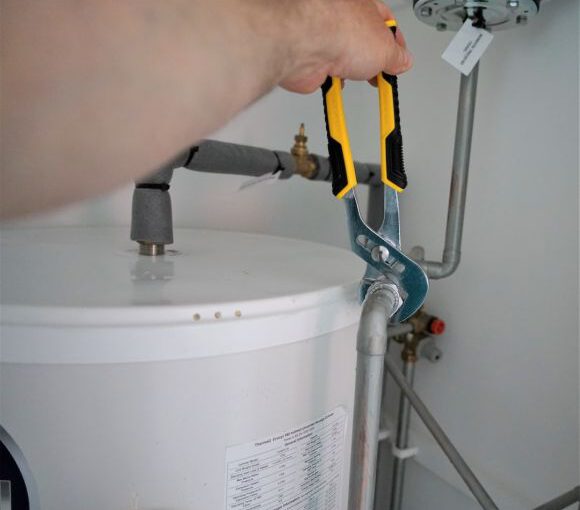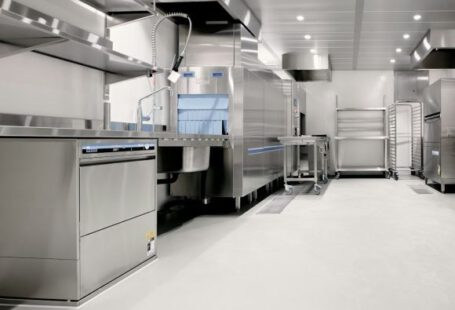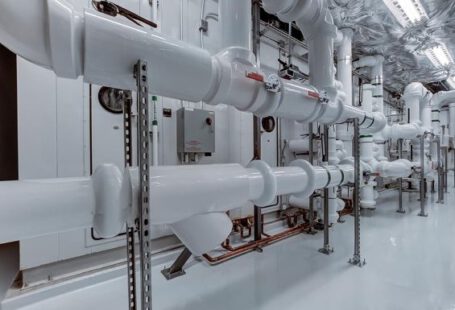Plumbing codes can be a complex and confusing topic for homeowners. However, understanding these codes is crucial for maintaining the safety and functionality of your home’s plumbing system. In this article, we will break down the basics of plumbing codes, the importance of compliance, and what homeowners need to know to ensure their plumbing meets the necessary standards.
What are Plumbing Codes?
Plumbing codes refer to a set of regulations and standards that govern the design, installation, and maintenance of plumbing systems in residential and commercial buildings. These codes are put in place to protect public health and safety, as well as to ensure that plumbing systems are efficient and sustainable.
Why are Plumbing Codes Important?
Compliance with plumbing codes is essential for several reasons. Firstly, it ensures that your plumbing system meets the necessary safety standards, reducing the risk of accidents, such as leaks or water damage. Secondly, it helps prevent the spread of waterborne diseases and contaminants, as plumbing codes dictate proper sanitation practices. Lastly, adhering to plumbing codes can also save you money in the long run by promoting water conservation and preventing costly repairs.
Understanding the Key Elements of Plumbing Codes
1. Pipe Sizing and Ventilation: Plumbing codes specify the minimum pipe size required for different fixtures and the necessary ventilation to prevent air pressure issues. It is vital to ensure that your plumbing system is designed and installed correctly to prevent blockages and maintain proper water flow.
2. Backflow Prevention: Backflow occurs when the water in your plumbing system flows in the opposite direction, potentially contaminating the water supply. Plumbing codes require the installation of backflow prevention devices to protect against this risk. Regular maintenance and testing of these devices are necessary to ensure their effectiveness.
3. Water Heater Installation: Plumbing codes outline specific requirements for the installation and safety of water heaters. This includes proper venting, temperature and pressure relief valves, and seismic strapping. Complying with these codes will help prevent hazards such as carbon monoxide leaks or explosions.
4. Drainage and Waste Disposal: Proper drainage and waste disposal are crucial to maintaining a functional plumbing system. Plumbing codes dictate the correct slope and size of drain pipes, as well as the use of traps and vents to prevent blockages and odors.
Hiring a Licensed Plumber
While some plumbing tasks can be done by homeowners, such as changing faucets or unclogging drains, more significant plumbing projects often require the expertise of a licensed plumber. When hiring a plumber, it is essential to ensure they are familiar with local plumbing codes and have the necessary permits to carry out the work. This will ensure that your plumbing system meets the required standards and that you won’t encounter any issues with compliance in the future.
Keeping Up with Changes
Plumbing codes are not static and are subject to periodic updates and revisions. It is crucial for homeowners to stay informed about any changes that may affect their plumbing systems. This can be done through regular communication with local authorities or by consulting with a licensed plumber who is up to date with the latest codes.
Conclusion: Ensuring Plumbing Code Compliance for a Safe and Efficient Home
Understanding and complying with plumbing codes is vital for homeowners to ensure the safety, efficiency, and functionality of their plumbing systems. By familiarizing yourself with the key elements of plumbing codes, hiring a licensed plumber, and staying informed about any updates, you can maintain a plumbing system that meets the necessary standards. Taking these steps will not only protect your home and its occupants but also contribute to water conservation and potentially save you money in the long run.



